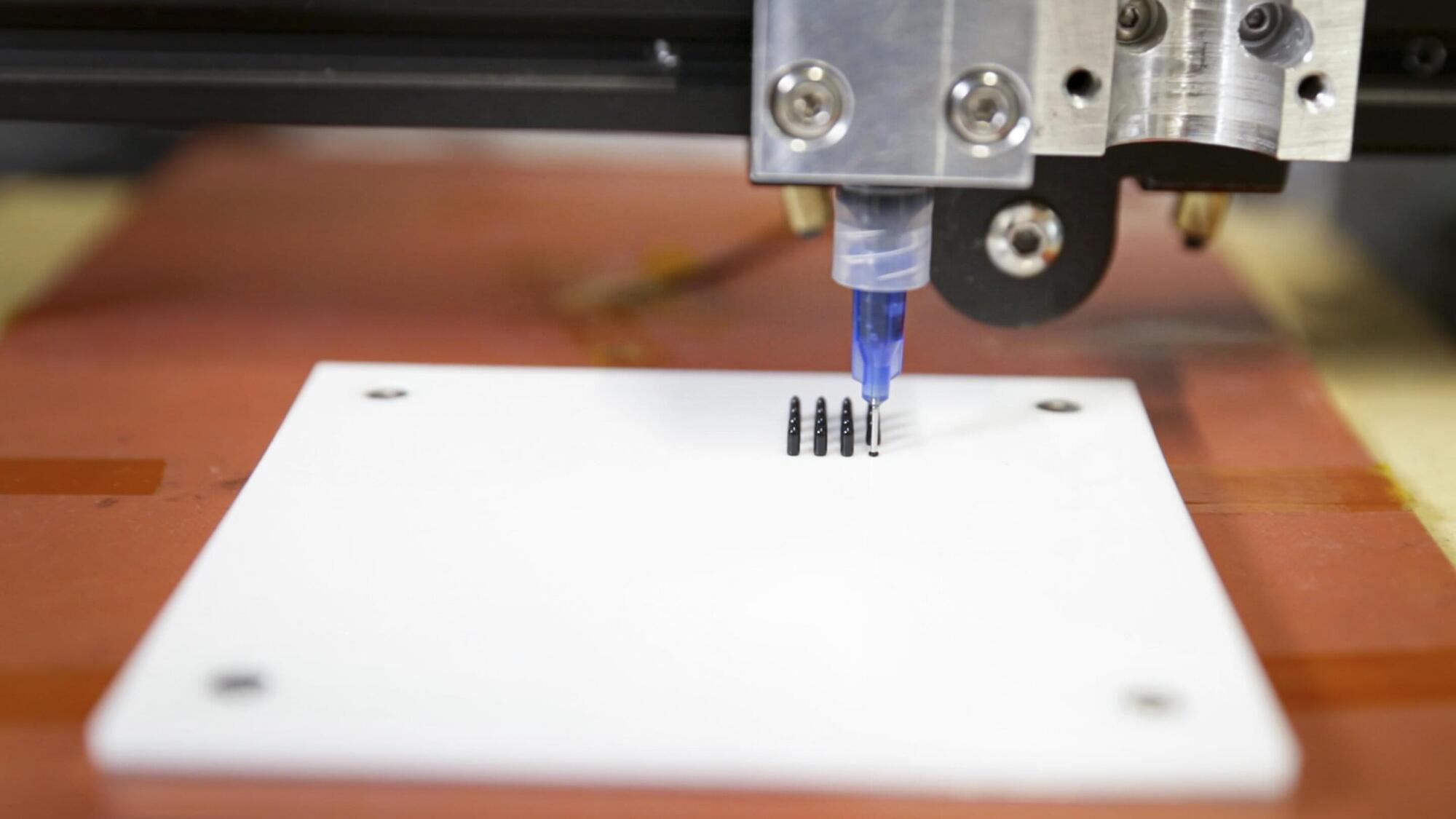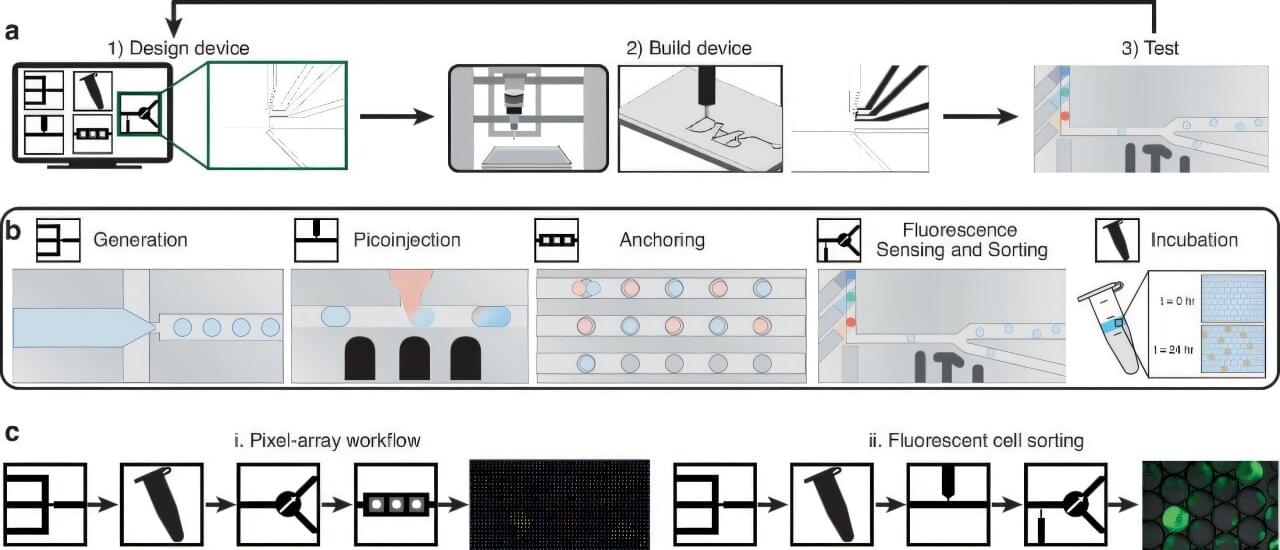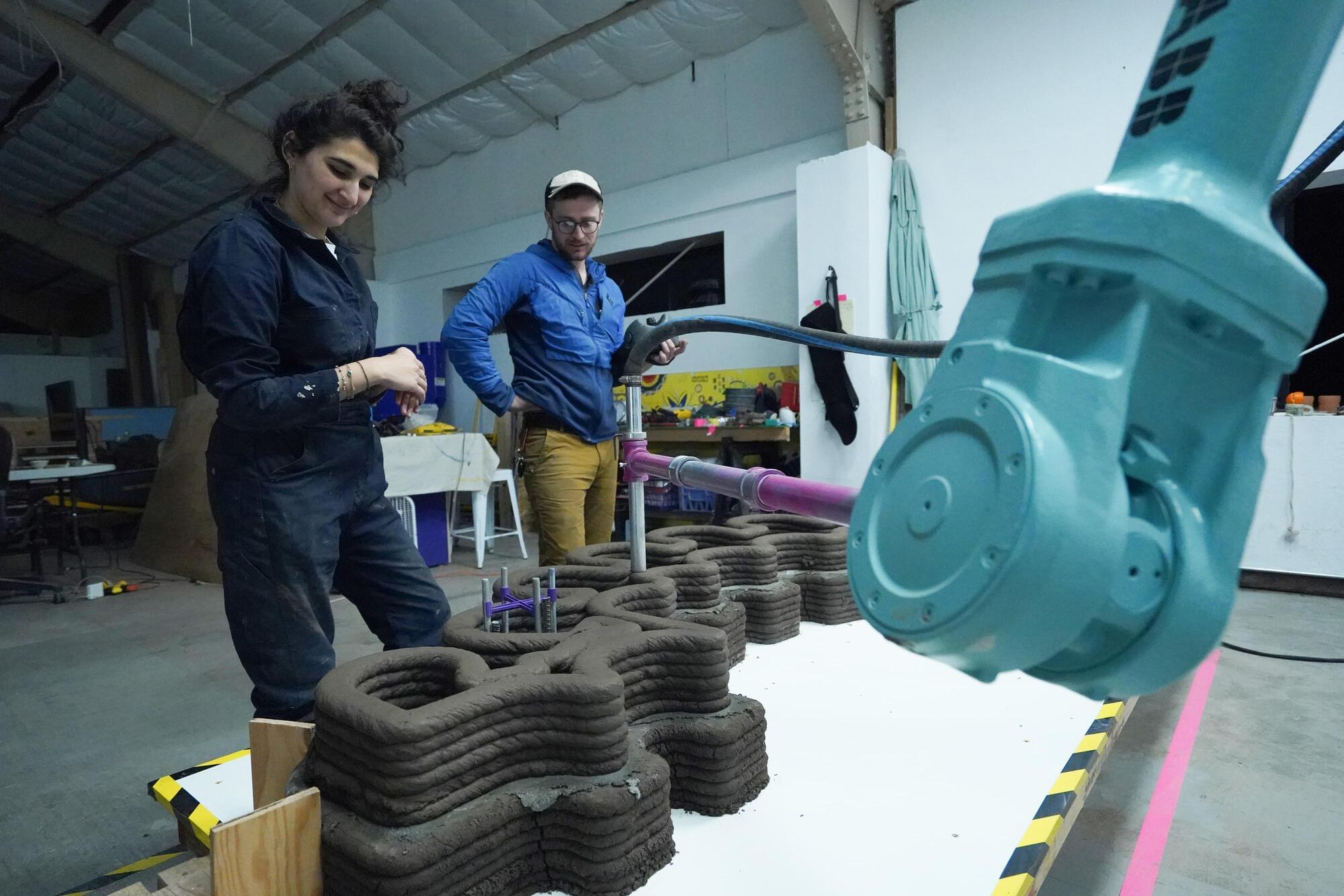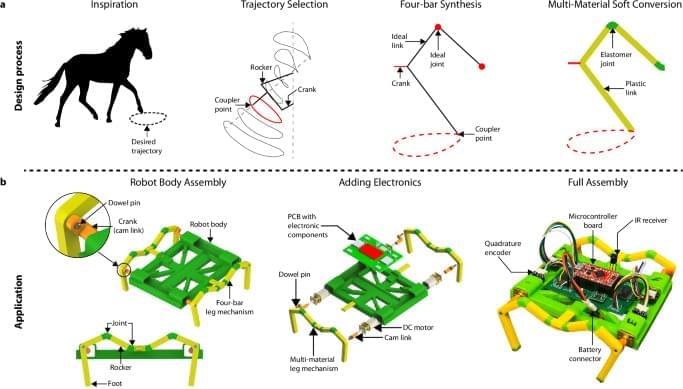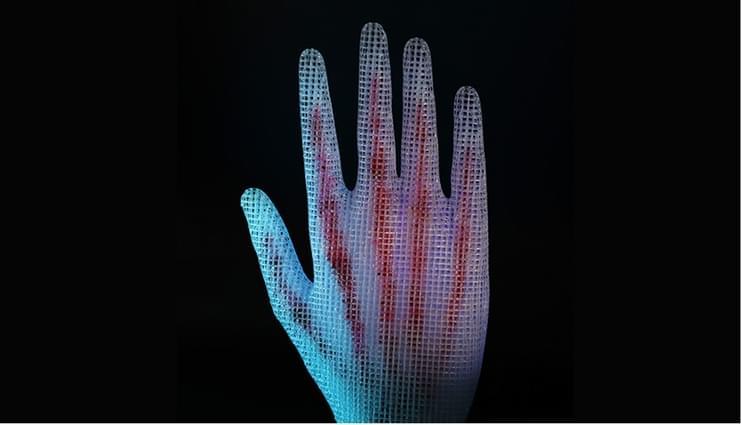Growing organs in the Lab — Find out how scientists are making human organs in the lab from stem cells. While we can’t grow fully functional human organs yet, they can grow organoids from stem cells to study organ development and 3D bioprint tissues that can one day be used to repair organs.
👉 You may also like: The Basic Principles of a Cell, https://youtu.be/R5z0VYBnZPs.
📖 This video is also a blog post with images and a PDF Summary visit: https://www.clevalab.com/post/growingorgans.
Visit the ClevaLab Channel Page for more videos: https://www.youtube.com/@ClevaLab.
✉️ Sign up to the email list to be notified of new videos: https://www.clevalab.com/email-subscription.



